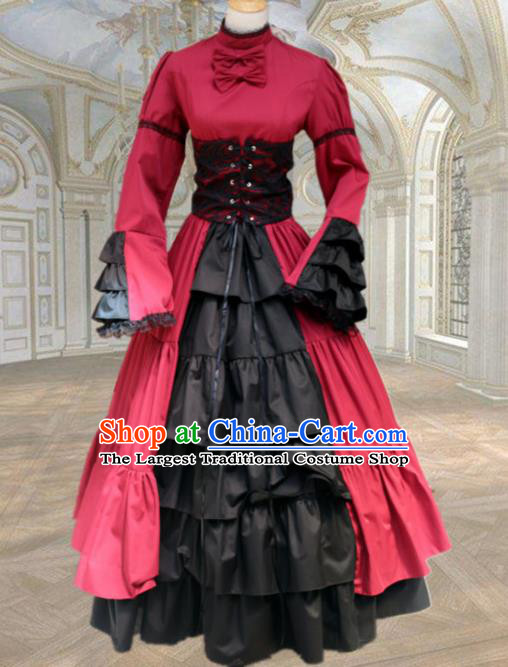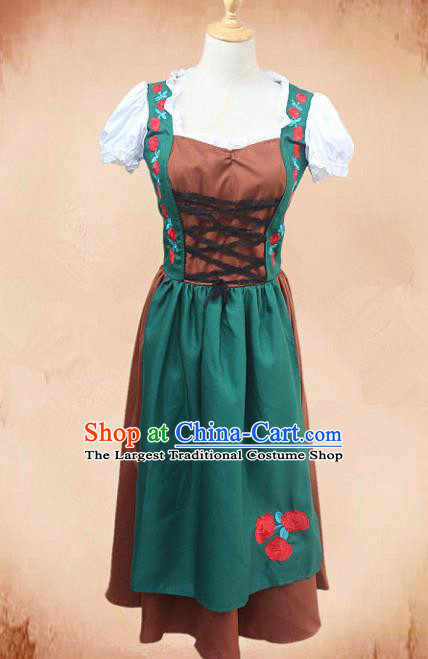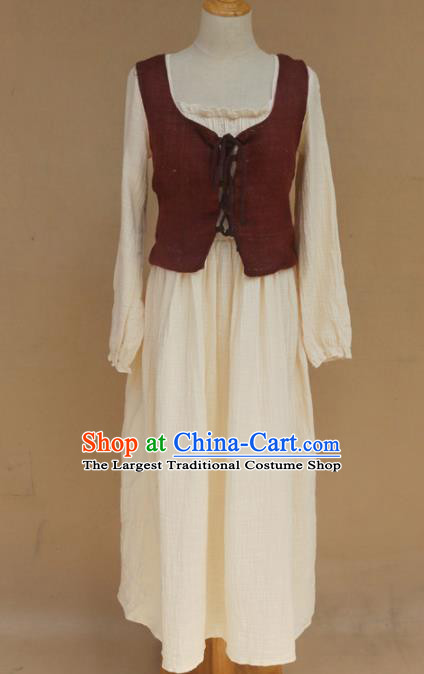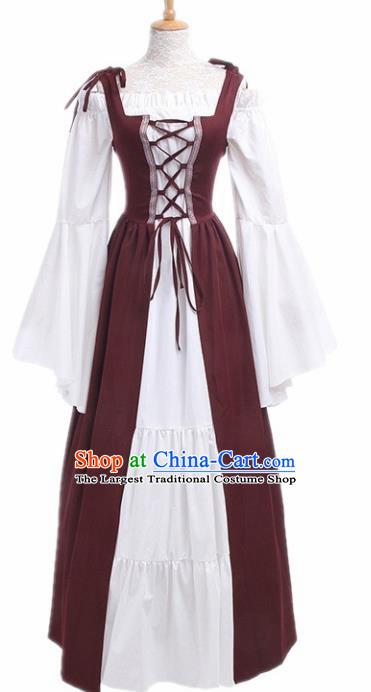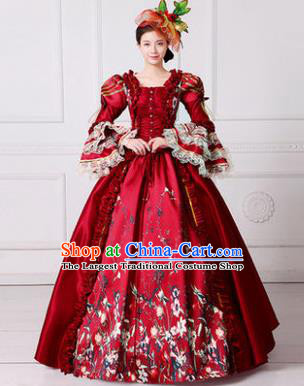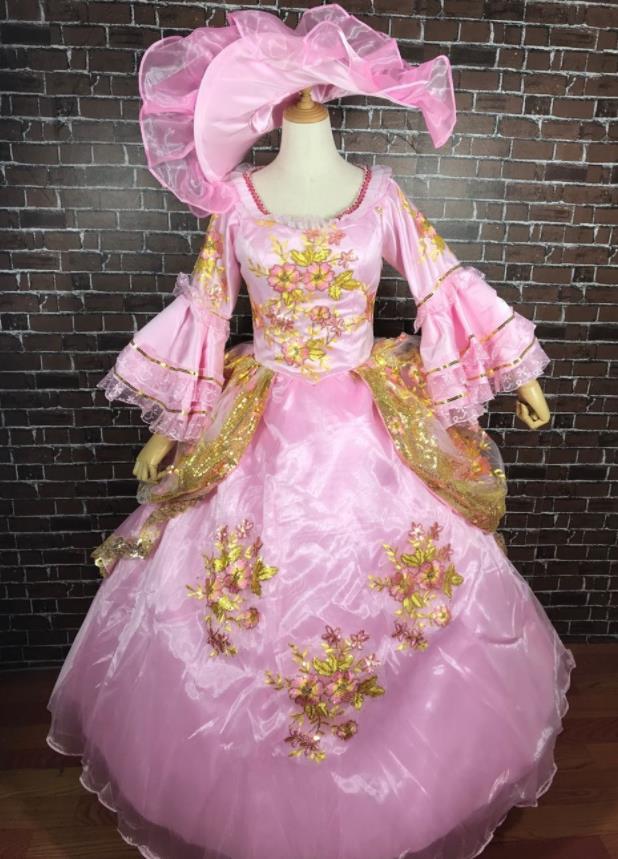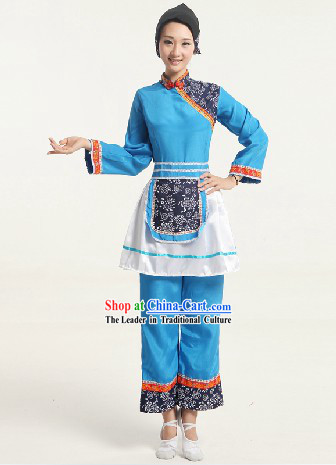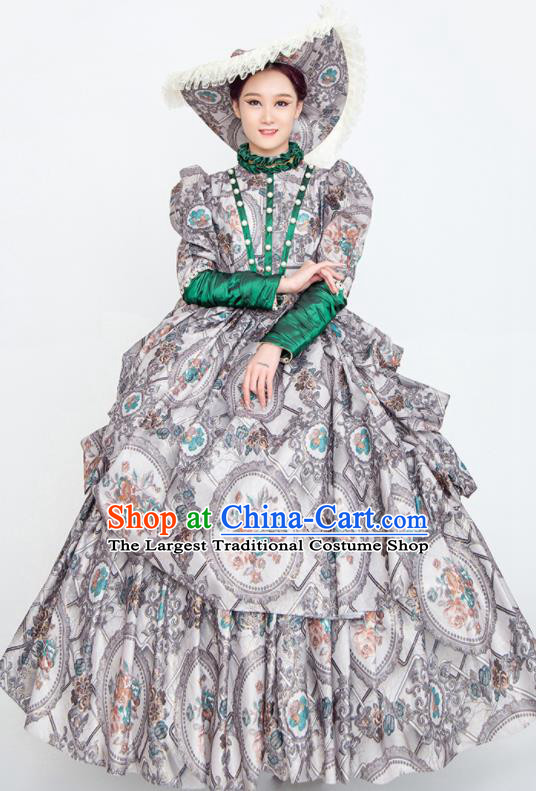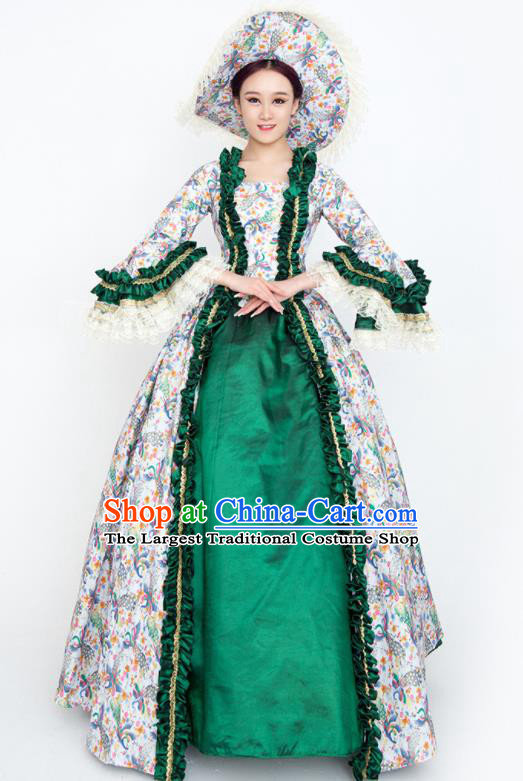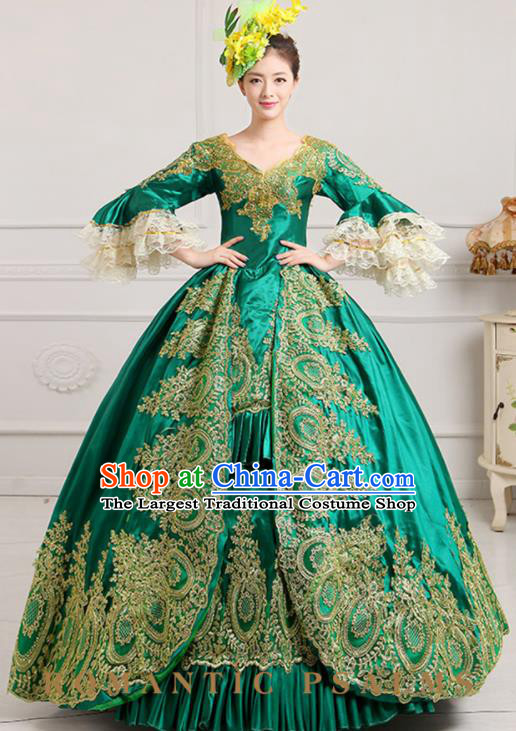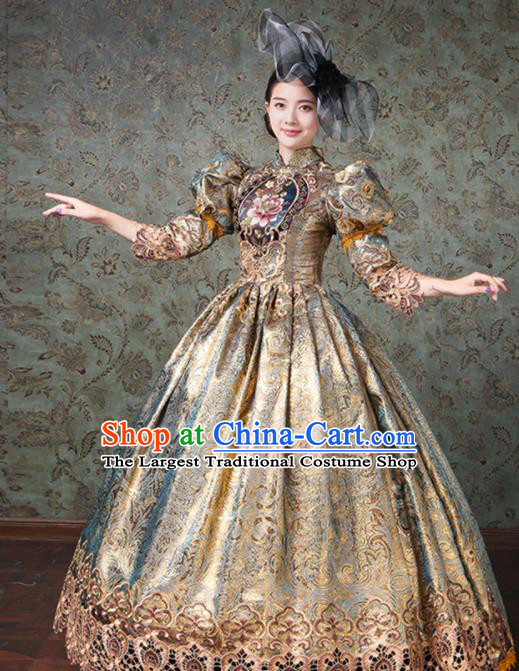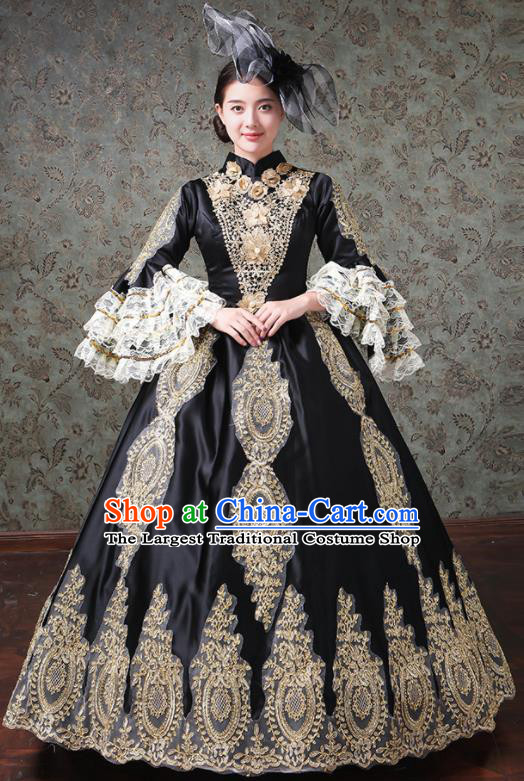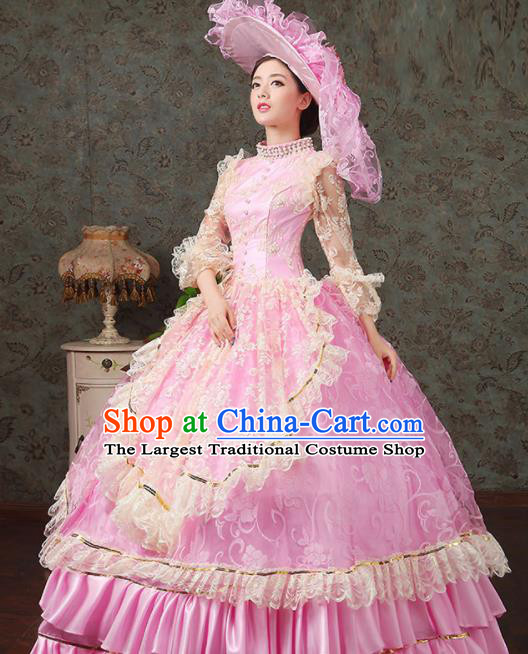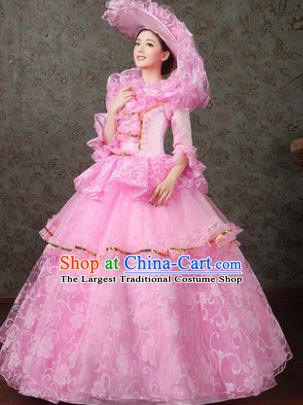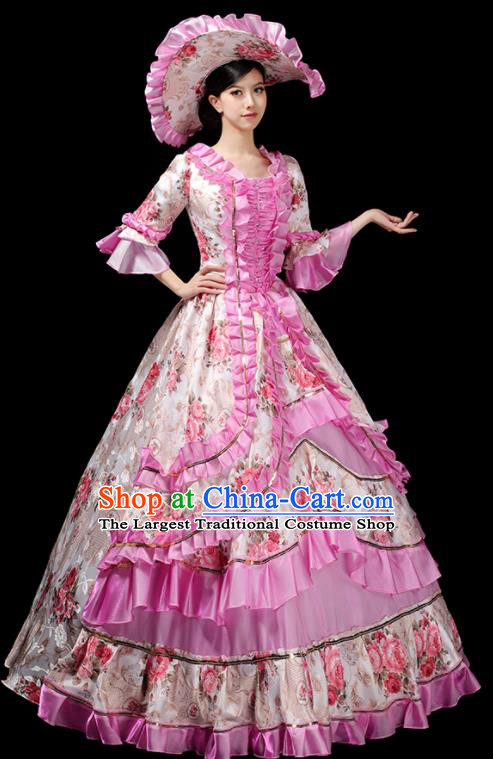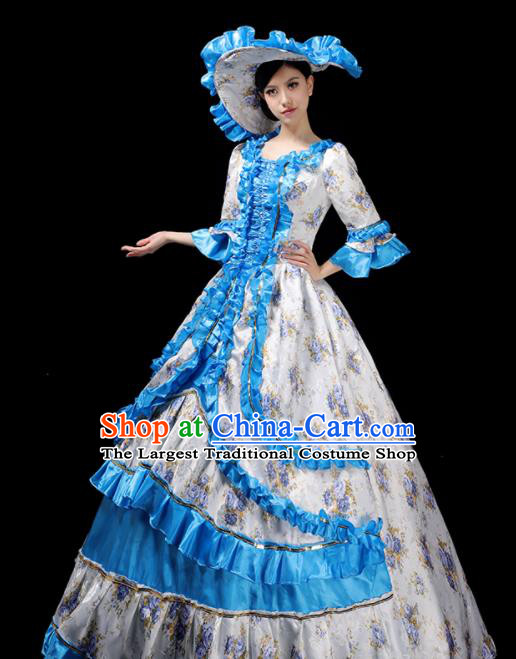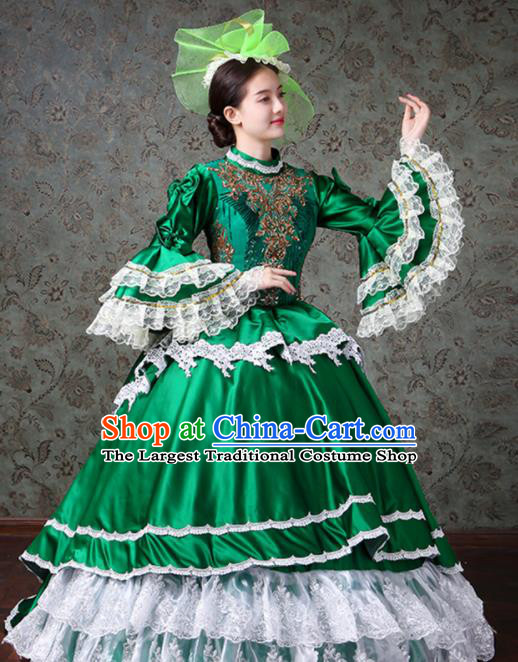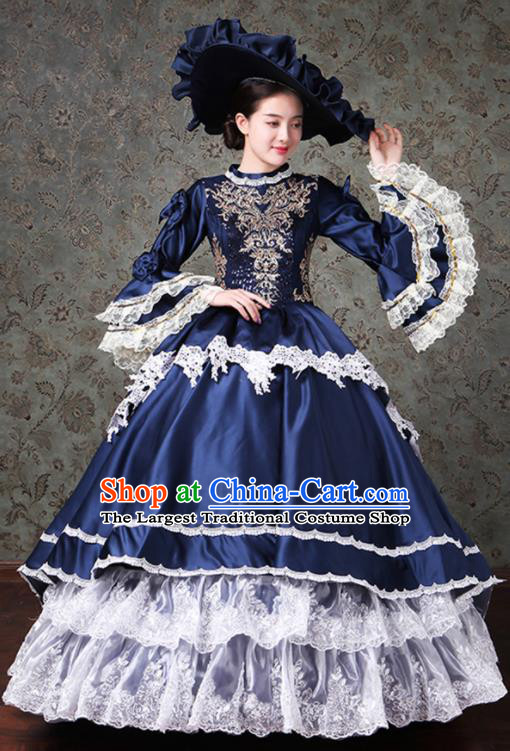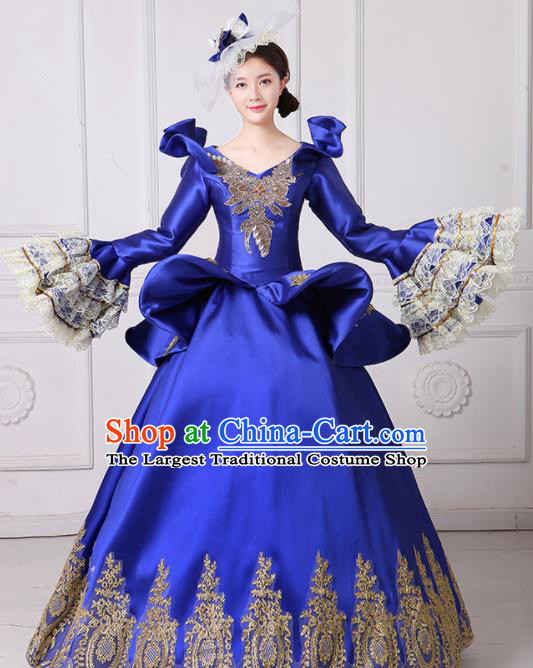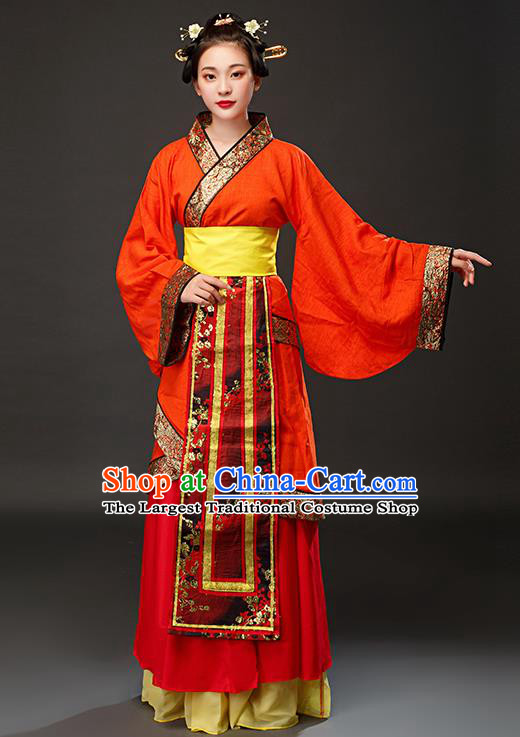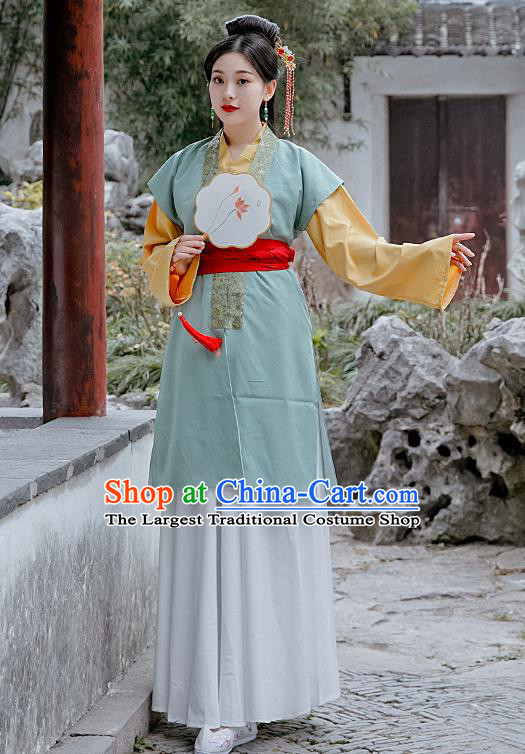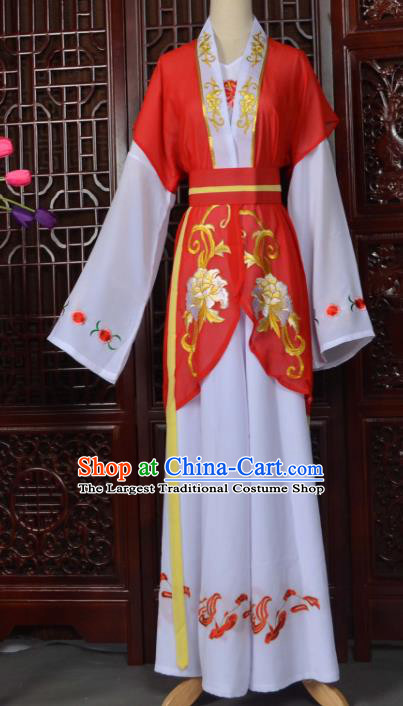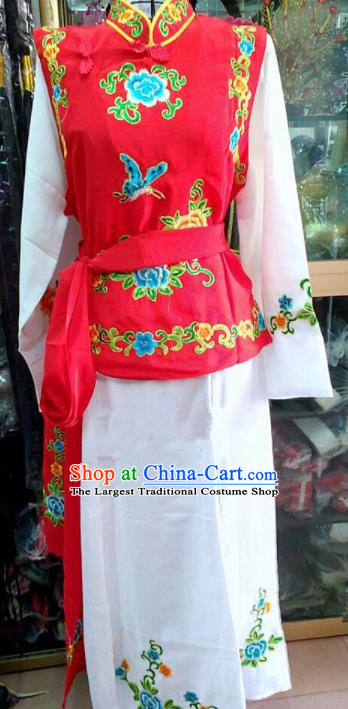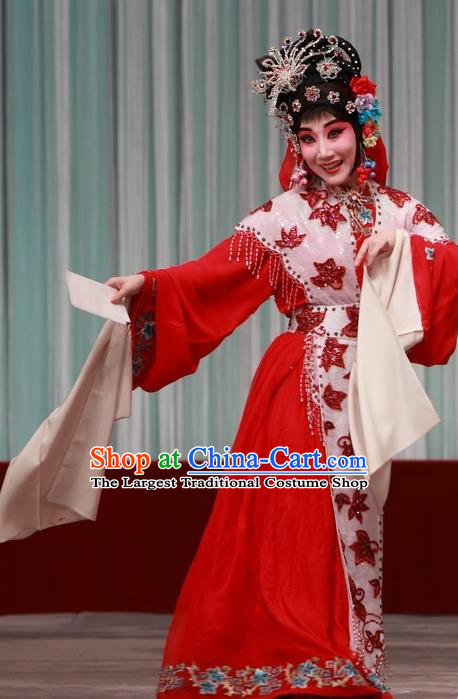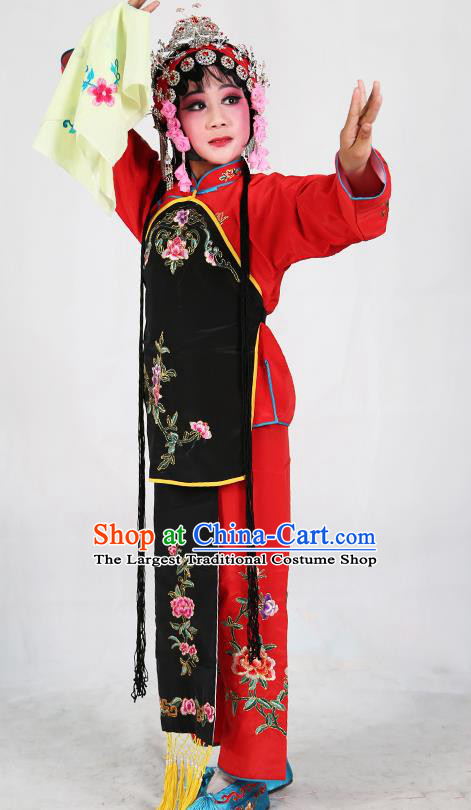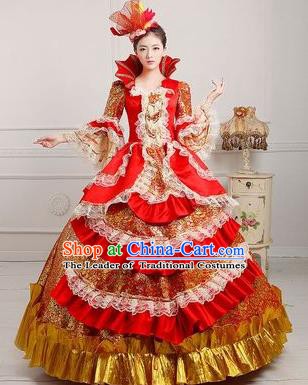
Click Related Pictures for More Audios:
This European traditional maid's dress, also known as the European maid's red dress, is a work of art full of historical significance and cultural connotations.
It showcases the evolution of European women's social status, occupation, and clothing from the 17th to the 19th century.
The red dress is renowned for its elegant design, exquisite craftsmanship, and rich details, bringing a sense of nobility, elegance, and confidence to the wearer.
The red dress adopts traditional European design elements such as the high collar, long sleeves, and loose skirt, which reflect the role and expectations of women in society at that time.
In addition, its red hue symbolizes prosperity, happiness, and love, all of which were important components of the social values at that time.
When admiring this red dress, we can imagine it once belonged to a European maid who may have worked in a noble family or store.
Her job may have included taking care of children, cleaning rooms, cooking, and shopping.
However, despite her hard work, she still maintained elegance and dignity because she wore this red dress.
This red dress is not only a beautiful work of art but also has significant historical value.
It allows us to understand the lives and career choices of European women from the 18th to the early 20th century.
By appreciating this red dress, we can better understand the social environment, values, and lifestyles of that era.
In conclusion, this European traditional maid's dress, also known as the European maid's red dress, is a work of art full of historical significance and cultural connotations.
It showcases the evolution of European women's social status, occupation, and clothing from the 17th to the 19th century.
Appreciating this red dress not only allows us to admire its beautiful appearance but also enables us to gain a deeper understanding of the social environment, values, and lifestyles of that era.
